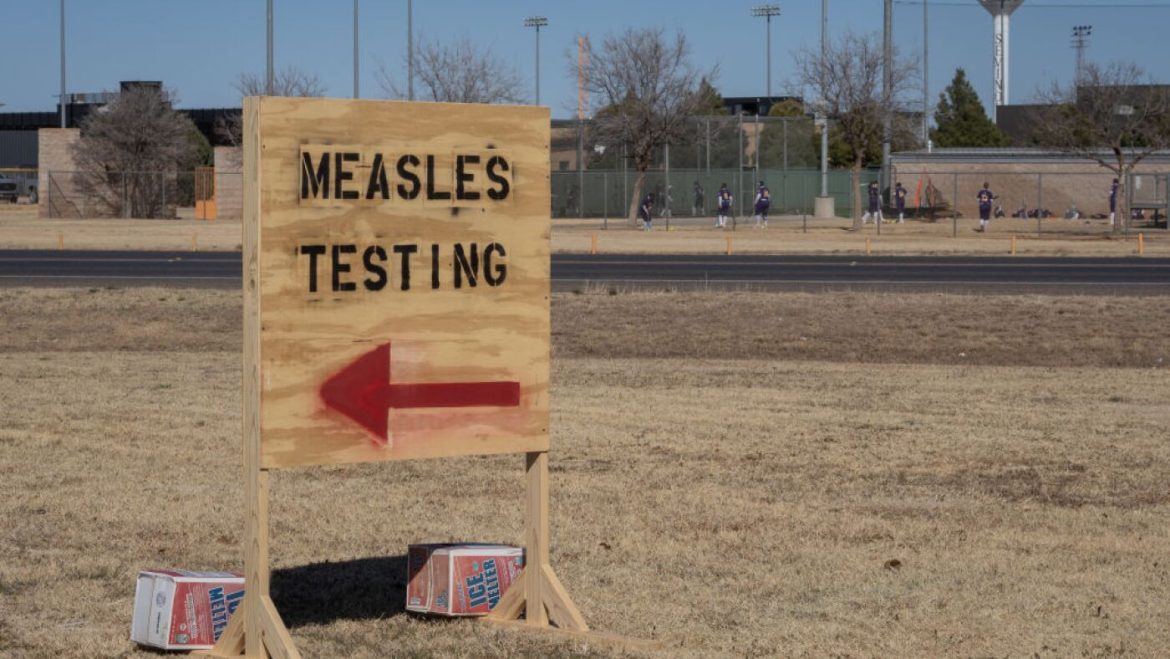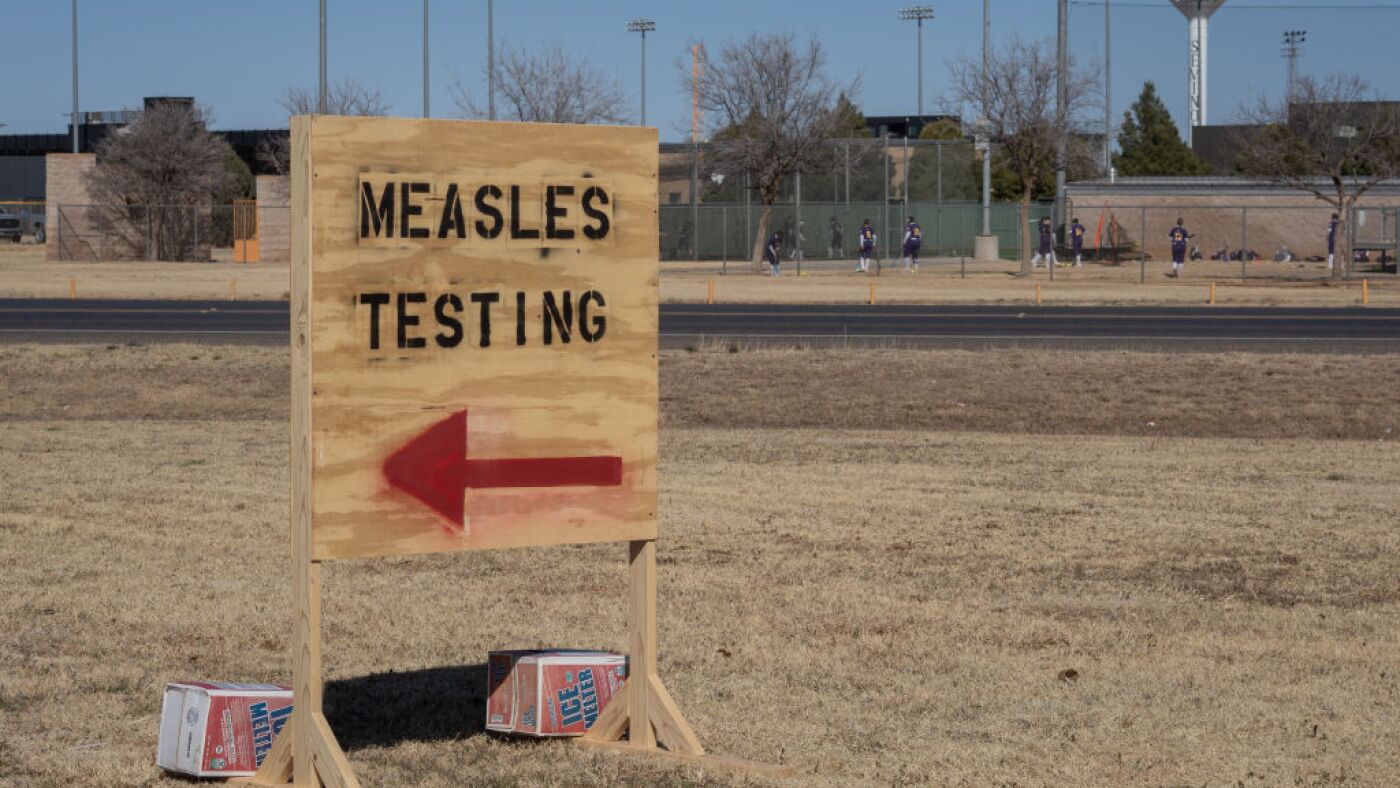The resurgence of measles in the United States in 2025 marks a troubling milestone, with the highest annual case count in 33 years. This alarming trend underscores the fragility of public health achievements and the urgent need for action. The Centers for Disease Control and Prevention (CDC) reports over 1,288 confirmed cases across 38 states and the District of Columbia, surpassing the previous high of 1,274 cases in 2019. Texas has emerged as the epicenter of the outbreak, with more than 700 cases, while Kansas and New Mexico also face significant challenges. These numbers are not just statistics; they represent real people, families, and communities grappling with a preventable disease.
The resurgence of measles is not a random occurrence but the result of a complex interplay of factors, primarily driven by declining vaccination rates. Measles is a highly contagious airborne disease, and vaccination is the most effective way to prevent its spread. The measles, mumps, and rubella (MMR) vaccine is safe and effective, providing long-lasting immunity. However, vaccination rates have been declining in recent years, fueled by misinformation, distrust in science, and philosophical or religious objections. This has created pockets of unvaccinated individuals, making communities vulnerable to outbreaks. When measles is introduced into these communities, it can spread rapidly, leading to a significant number of cases.
International travel also plays a role in the resurgence of measles. The disease is still common in many parts of the world, and travelers can bring the virus back to the U.S. If these travelers are not vaccinated, or if they come into contact with unvaccinated individuals, it can spark an outbreak. Additionally, delays in routine childhood vaccinations due to the COVID-19 pandemic have contributed to the current situation. Lockdowns and disruptions to healthcare services have made it difficult for some families to keep up with their children’s vaccination schedules, leaving them vulnerable to measles and other preventable diseases.
The impact of the measles outbreak extends far beyond the statistics. Measles is not just a rash; it can lead to serious complications, especially in young children and adults. These complications include pneumonia, encephalitis (brain inflammation), and even death. For pregnant women, measles can lead to miscarriage, premature birth, or low birth weight. Infants who contract measles are particularly vulnerable, as they are too young to be vaccinated and their immune systems are not fully developed. The outbreak also puts a strain on healthcare resources. Hospitals and clinics must be prepared to diagnose and treat measles cases, and public health officials must work to track and contain the spread of the disease. This can be costly and time-consuming, diverting resources from other important public health priorities.
Addressing the measles outbreak requires a multi-faceted approach that includes increasing vaccination rates, improving surveillance and detection, and providing timely and accurate information to the public. Boosting vaccination rates is the most critical step in achieving herd immunity, which protects even those who cannot be vaccinated. This requires a concerted effort to address vaccine hesitancy, counter misinformation, and make vaccines more accessible. Healthcare providers play a crucial role in recommending and administering vaccines. They can also help to address patients’ concerns and provide accurate information about the benefits and risks of vaccination. Public health campaigns are also essential for promoting vaccination and countering misinformation. These campaigns should be tailored to specific communities and should use a variety of channels, including social media, traditional media, and community outreach events.
Early detection is crucial for containing outbreaks. Public health agencies must have robust surveillance systems in place to quickly identify and investigate suspected cases. This includes monitoring emergency departments, schools, and childcare facilities for potential outbreaks. Rapid diagnostic testing is also essential for confirming cases and identifying the source of infection. This allows public health officials to take swift action to isolate cases, trace contacts, and prevent further spread. Combating misinformation and building trust is also crucial. Misinformation about vaccines is a major driver of vaccine hesitancy. It’s essential to counter this misinformation with accurate, science-based information. This requires a collaborative effort between healthcare providers, public health agencies, and community leaders. Building trust in science and healthcare is also crucial. This can be achieved by engaging with communities, listening to their concerns, and providing transparent and honest information.
The measles outbreak serves as a stark reminder of the importance of vaccination and the fragility of public health. It highlights the need for ongoing vigilance and investment in public health infrastructure. Moving forward, it’s essential to learn from this experience and take steps to prevent future outbreaks. This includes strengthening vaccination programs, improving surveillance and detection systems, and addressing vaccine hesitancy. It also requires a commitment to global health security. Measles is a global disease, and outbreaks in one country can quickly spread to others. International collaboration is essential for controlling the spread of measles and other infectious diseases.
The resurgence of measles in the United States is a serious public health concern. It demands immediate attention and action from healthcare providers, public health agencies, and individuals. By working together, we can protect our communities from this preventable disease and ensure a healthier future for all. The rising measles cases are a wake-up call. The time to act is now. We must prioritize vaccination, combat misinformation, and strengthen our public health systems. Only then can we hope to reverse this alarming trend and protect our communities from the threat of measles. The health and well-being of our nation depend on it.


